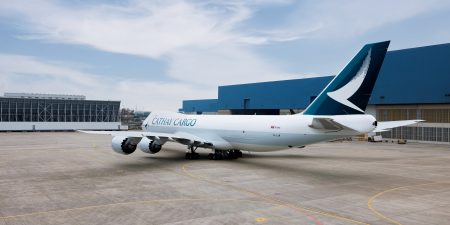Tell me a bit about yourself.
I have been in this industry now for nearly 30 years, and I have worked in several different organisations. I’ve been with DSV for seven years, including the time I spent with UTi. DSV acquired UTi in 2016, which was when I became part of DSV. I was fortunate enough to be given the opportunity by the DSV management to lead the organisation in the Indian subcontinent.
When I started out in 1990, I was a young bloke out of college looking for a sales and marketing job, to match my postgraduate course. I got a job at a freight forwarding company, and the rest is history. I spent most of my career in sales and marketing functions, but then moved into general management 10 to 15 years ago.
What do you like most about the job?
I like how the world is structured today. It is less about organisations competing against other organisations, but more about their supply chains competing against other supply chains. What I love is achieving the ambitions of large companies in terms of creating efficient supply chains, and being part of that process. The job comes with challenges and uncertainties, but when we help organisations be successful and gain market share with the solutions we create, it’s a real adrenaline rush.
What have been the biggest industry changes over your career?
When I joined this industry nobody knew what I did or what the forwarding industry was. Today, it is an integral part of any organisation. That’s a big change. Now universities offer supply chain and logistics as subjects, which is so refreshing to see. A lot of youngsters today are interested in the industry through a formal educative process and can choose it as a career rather than entering by default as I did.
What are your main shipments/flows?
We work across a number of industry verticals, but the main ones are fashion and retail, pharmaceutical and chemicals, and automotive.
India and the subcontinent are huge sourcing hubs for garments. Think of a label and they will source from this side of the world. Primarily, readymade garments go straight to stores or distribution centres, but there are also a lot of textiles and accessories that go to the manufacturers. A lot of it is just-in-time transport because the cost of maintaining inventory is very high.
Pharma is largely about exports. It could be formulations, generic drugs, or temperature controlled shipments. India is a very big market because of the quality of the products that we manufacture. A lot of it goes to North America, but also to Europe, Africa, the CIS countries, and Latin America.



